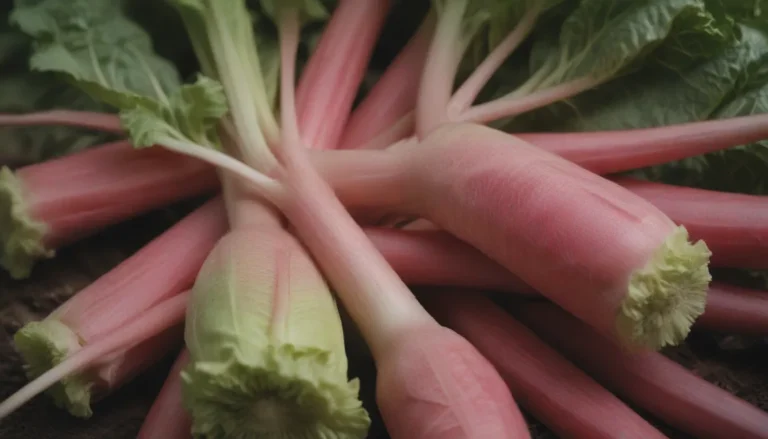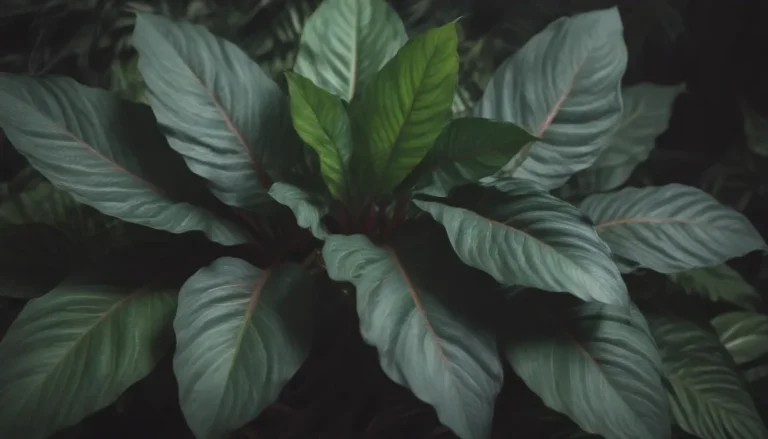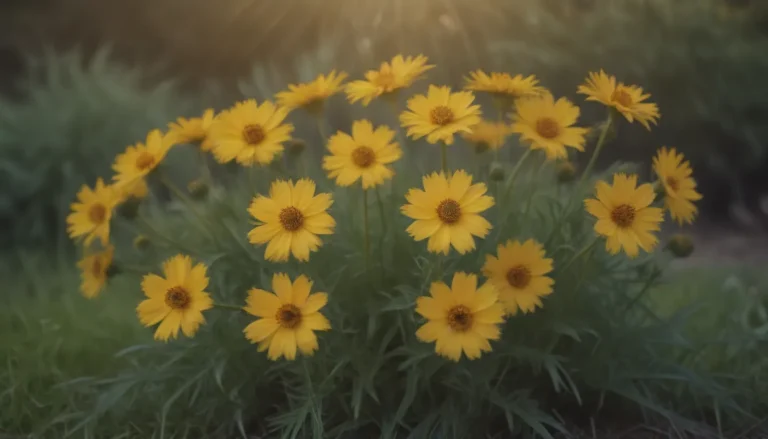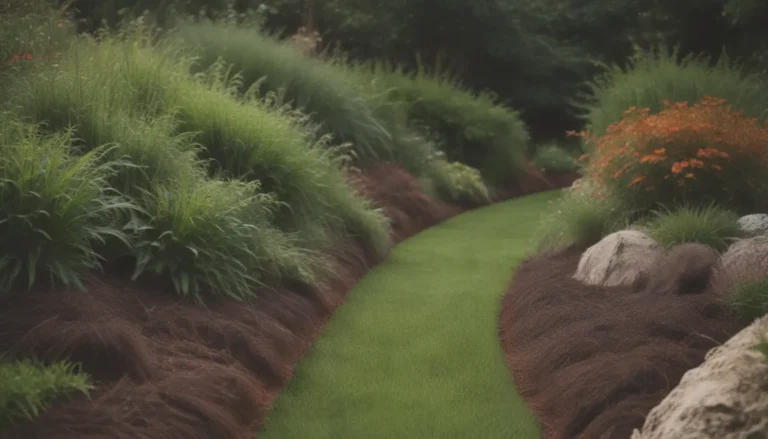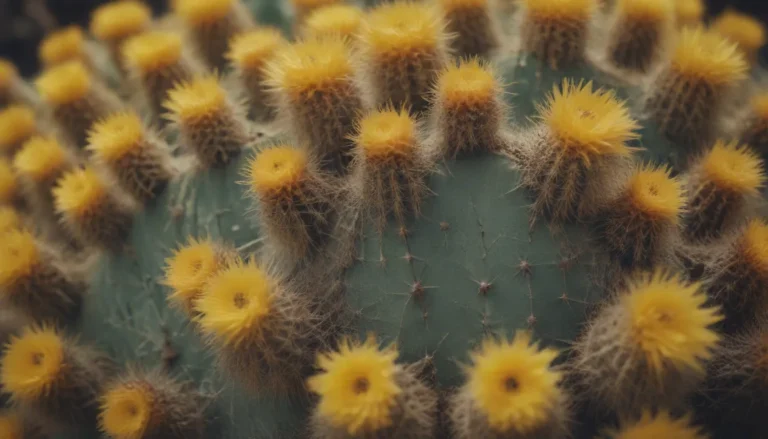The Ultimate Guide to Understanding and Fixing Tomato Leaf Curling Issues
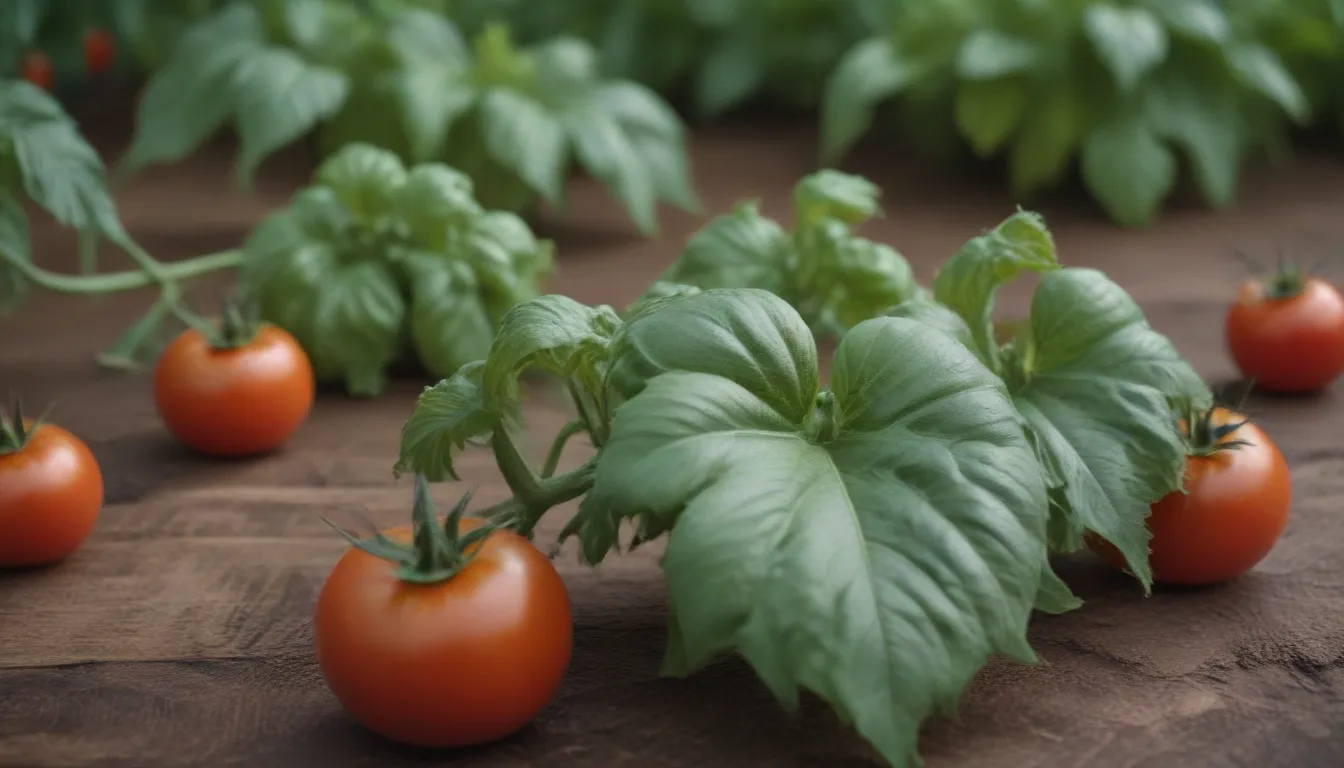
Tomato plants are a staple in many gardens, but they can sometimes run into issues that cause their leaves to curl. While this may not always be a plant-killer, identifying the cause of leaf curling early on is essential for ensuring the health and productivity of your tomatoes. In this comprehensive guide, we will explore seven common causes of tomato leaf curling, from environmental stress to viral infections, and provide practical solutions to help you address each issue effectively. Let’s dive in and learn how to keep your tomato plants thriving!
1. Planting Tomatoes Too Early
If you notice your tomato plant’s lower leaves curling upwards and inwards lengthwise, it may be due to planting them too early in cool weather. To fix this issue, make sure to plant tomatoes only when daytime temperatures consistently reach between 70 and 79 degrees Fahrenheit, with nighttime temperatures no lower than 61 to 65 degrees Fahrenheit.
2. Heat, Drought, and Wind
In hot, dry, or windy conditions, tomato leaves may twist and curl upwards to protect themselves from water loss. To remedy this, plant tomatoes in a location sheltered from strong winds and provide them with adequate water (at least 1 inch per week) and mulch to maintain soil moisture.
3. Nutrient Imbalance
An imbalance in nutrients, particularly nitrogen, can lead to thick, green, upward-curled tomato leaves with limited fruit production. To address this issue, fertilize your plants with a balanced 5-10-5 NPK fertilizer and conduct a soil test to rectify any nutrient imbalances.
4. Herbicide Drift
If your tomato plant’s leaves are curling downwards and growing twistedly, herbicide drift may be the culprit. It is essential to avoid using herbicides near your plants and source mulch and compost from reliable, herbicide-free suppliers to prevent this issue.
5. Herbicide Residue in Mulch and Compost
Residue from herbicides like aminopyralid or clopyralid in mulch or compost can cause tomato leaf distortion. Ensure that any organic material added to your garden is herbicide-free, or opt for chicken manure as a safe alternative.
6. Tomato Viruses
Various viruses, such as the tomato yellow leaf curl virus and tomato mosaic virus, can cause tomato leaf curling and stunted growth. Implement preventive measures like using reflective mulches and maintaining a weed-free garden to minimize the risk of virus transmission.
7. Broad Mites
Broad mites, though invisible to the naked eye, can inject toxins into tomato plants, causing severe leaf distortion. To combat broad mites, purchase plants from reputable suppliers, use sulfur-based miticides or organic alternatives, and monitor environmental conditions closely.
By addressing these potential causes of tomato leaf curling and implementing appropriate solutions, you can help your tomato plants thrive and produce a bountiful harvest. Remember to observe your plants regularly, follow care recommendations, and take immediate action if you notice any signs of distress. With proper care and attention, your tomato plants will overcome leaf curling issues and flourish in your garden.
References:
- Hassani, Nadia. “Tomato Leaves Rolling?” Clemson University Cooperative Extension Home & Garden Information Center.
- “What Makes Tomato Leaves Twist or Curl?” Texas A&M AgriLife Extension.
- “Tomato Troubles.” Mississippi State University Extension.
- “Herbicide Damage on Vegetables.” University of Maryland Extension.
- “Herbicide Residues In Manure, Compost, Or Hay.” University of Florida Extension Institute of Food and Agricultural Sciences.
- “Tomato Yellow Leaf Curl Virus.” Department of Energy, Environment and Climate Action, Victoria State Government.
- Yan, Zhe et al. “The Global Dimension of Tomato Yellow Leaf Curl Disease: Current Status and Breeding Perspectives.” Microorganisms, vol. 9, no. 4, 2021, pp. 740.
- Madden, Melina K., et al. “Weeds Impose Unique Outcomes for Pests, Natural Enemies, and Yield in Two Vegetable Crops.” Environmental Entomology, vol. 50, no. 2, 2021, pp. 330–336.
- “Broadmite Damage on Tomatoes.” Texas Plant Disease Diagnostic Lab, Texas A&M AgriLife Extension.
- Zuchi, Sabrina et al. “The Interplay between Sulfur and Iron Nutrition in Tomato.” Plant Physiology, vol. 169, no. 4, 2015, pp. 2624-39.
- “Tomato Diseases and Disorders.” Clemson University Cooperative Extension Home & Garden Information Center.
